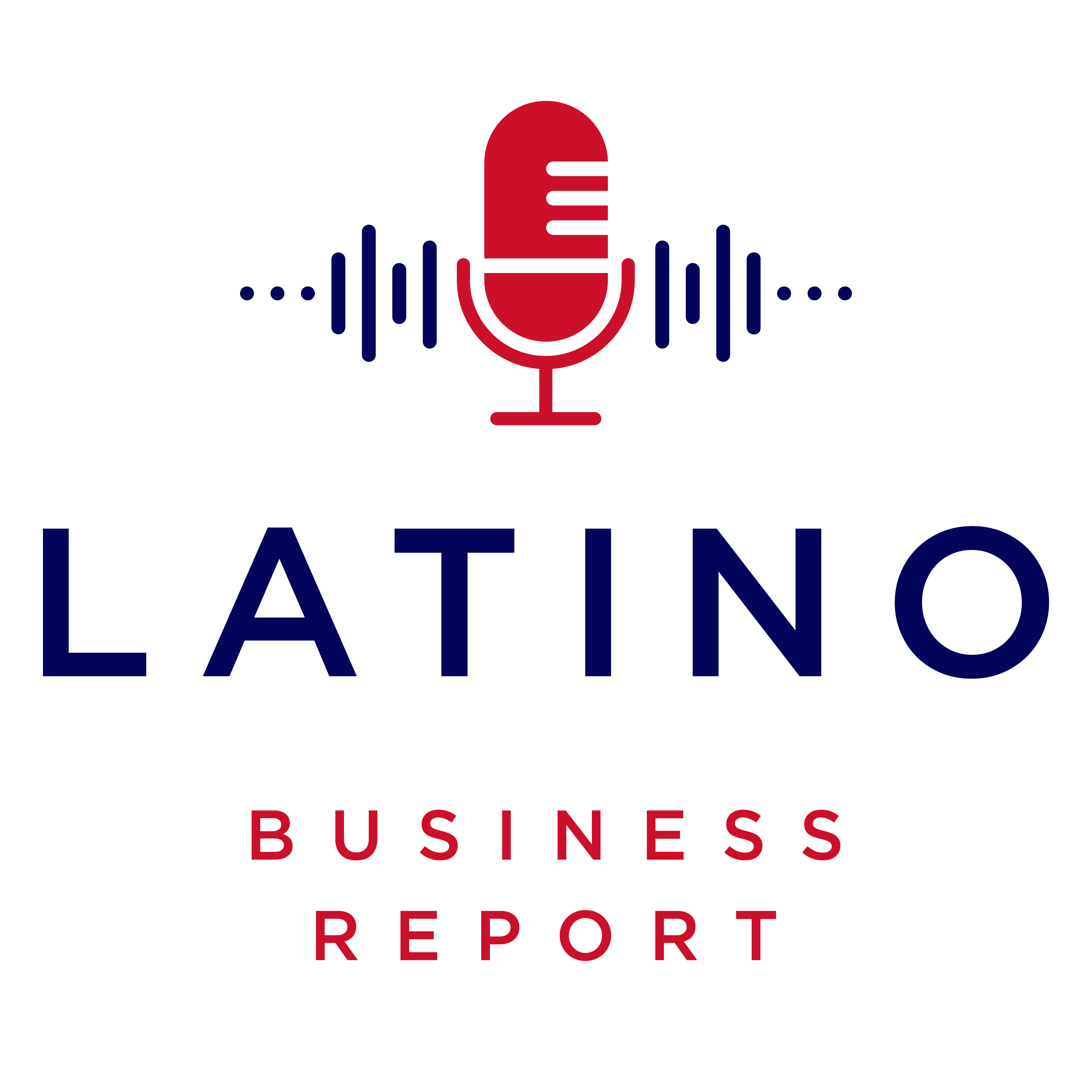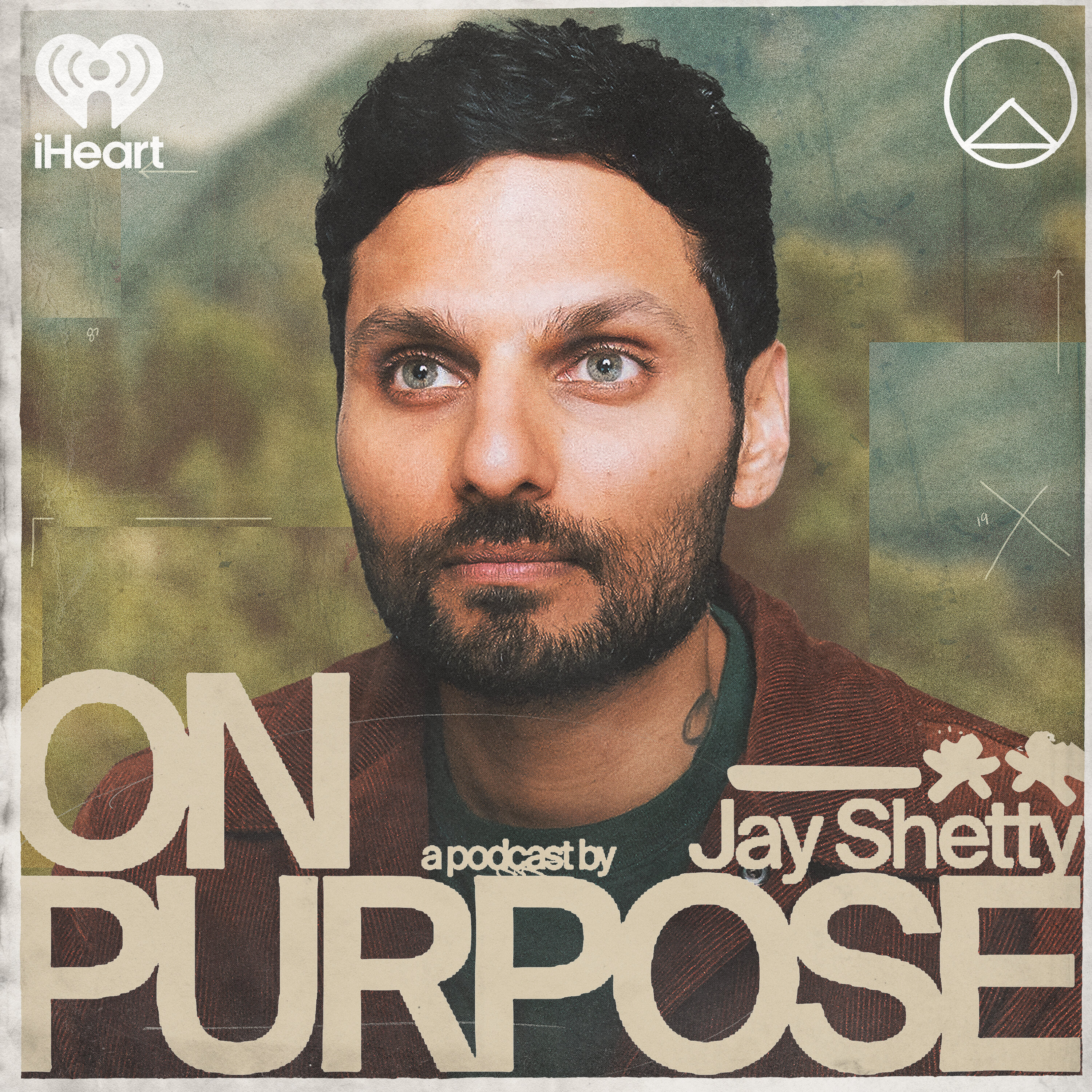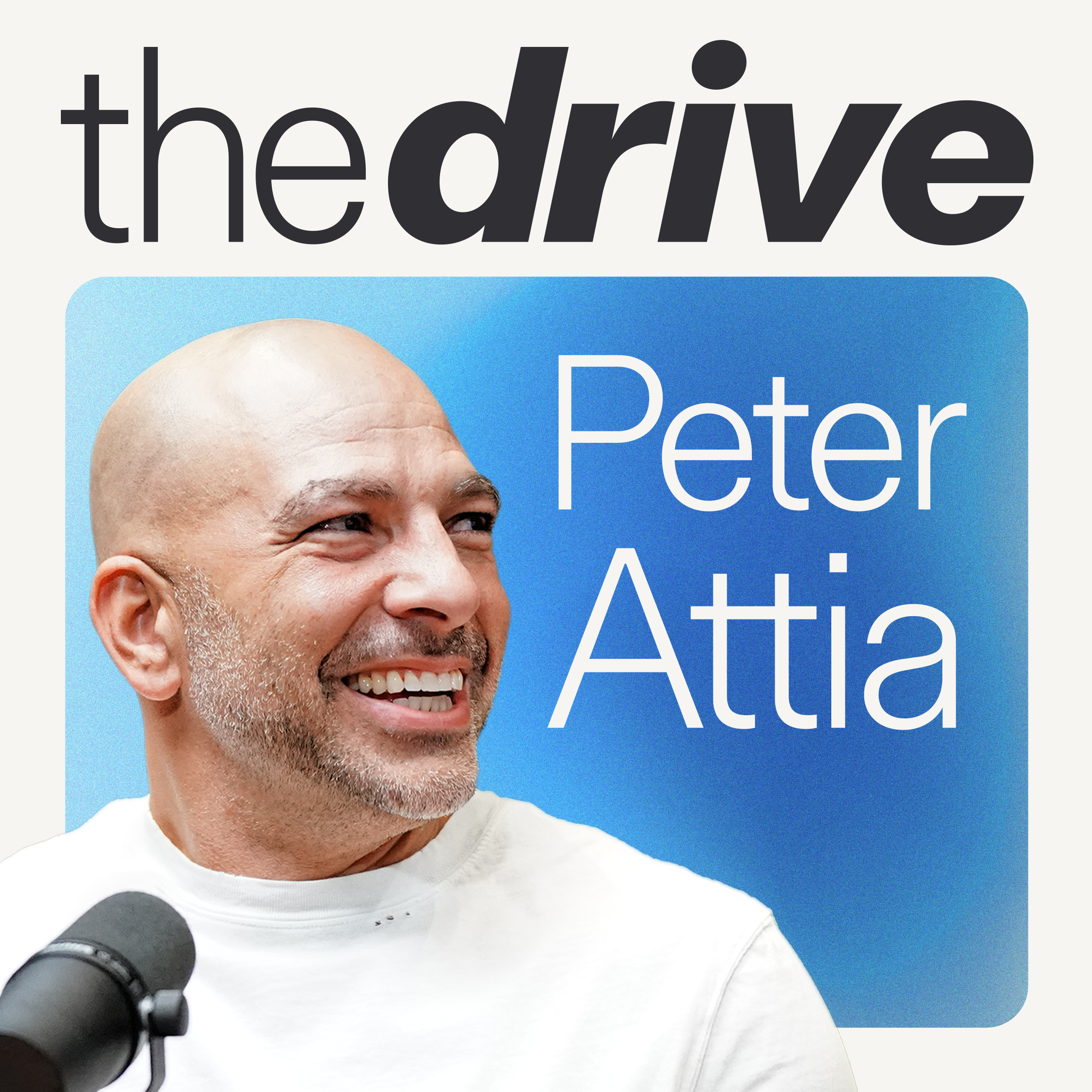
Stories of Change & Creativity
Navigate change, spark creativity, and live your best life.
Conversations with students, artists, professors, entrepreneurs, writers and everyday changemakers.
Listeners learn:
- How to navigate change with courage and clarity
- Personal stories of reinvention and creative breakthroughs
- Practical tips and productivity hacks
- How to overcome self-doubt and unleash creative potential
https://linktr.ee/judyoskam
Stories of Change & Creativity
U.S. Soccer Transformation: Expert Insight with Dave Simeone
If you love soccer, you'll enjoy listening to my interview with Dave Simeone. He is the technical director for the Red River National Professional League, United States Club Soccer.
You'll hear Dave's perspective on what passionate soccer fans call the 'beautiful game' and the changing soccer landscape. Simeone is an expert on the development of soccer in the United States.
Please make sure you listen to the end of our conversation- you're in for a real treat. You might learn something new about Dave Simeone.
Conversation Topics
- Growth and development of soccer in the U.S.
- Soccer connections like John Cossaboom, Schellas Hyndman, Carla Overbeck, Becky Burleigh, The Agoos brothers
- The sporting industry is a people business
- Bonnie Raitt
Resources:
Please share, subscribe and review this podcast. You can connect with me via email at drjudyoskam@gmail.com or on Instagram and Twitter @judyoskam
Hi Friend - Thanks for listening!
Check out my TEDx talk. Why you should take action - then figure it out.
Judy Oskam: 0:03
Welcome to Stories of Change and Creativity. I'm Judy Oskam. I'm a professor in the School of Journalism and Mass Communication at Texas State University. Throughout my career is a television journalist, video producer, PR professional and educator, I've always been drawn to stories, stories about people and how they deal with change and embrace creativity. Hope you enjoy listening.
Dave Simeone: 0:30
My name's Dave Simeone. I'm the technical director for the Red River N-P-L, which is one of the National Premier League's with US club soccer. And I'm also an adjunct instructor at Indiana University in Bloomington.
Judy Oskam: 0:46
Throughout his career, he's been involved in coaching education at the state and national level. Simeone is president of Soccer Development Strategies. He's also an adjunct professor teaching sport management. During our conversation, we talk about the evolution of soccer in the U. S. and around the globe. Dave shares his insight and expertise about what passionate soccer fans call the 'beautiful game'.
Dave Simeone: 1:14
Well, it's it's gotten much more expansive here in the United States. The growth and the development of the sport has been palpable, just the size of the pro league, the for both men and women, the participation rate and density at the youth level. Also, one of the ways to measure its growth has been just the economics of the game. How much more money is involved from the grassroots level, all the way through the pro game and the international game. Our national teams. So a lot has changed. You can now turn on whether you're with Sling or with a cable company, you can watch, soccer 24 hours a day versus when I was in college. You know, we got one soccer game a week on KQED out of San Francisco. That was on public television, Soccer Made in Germany. So and it's not only English soccer, it's Italian soccer. It's It's just so much more expansive and the visibility of the game. It's just so much more prevalent.
Judy Oskam: 2:26
I'm fascinated by your career and how you started out. Can you give us a little bio information? You've been in the navy. You've been you played college, collegiate you've coached. Give me a little history lesson of Dave Simeone.
Dave Simeone: 2:40
Well, I mean, I think it's funny. You know how we get introduced to sport. Um, I grew up in a really ethnic environment in northeastern Ohio. My my neighborhood was just filled with Italians and Serbians and Croatians and Slovenians and Ukrainians. And that was at that time, Um, that's where the game was was in the ethnic communities. So that's how I got introduced to it. And, uh, I was lucky enough that I It ended up being a career path for me. But I did not have that plan. So my first introductions, the coaching, was with my college coach. You know, he insisted on all of us being involved with coaching youth players. I had no ambition to do anything like that. Um, but gradually I became I became interested. And, I went to graduate school at Midwestern State University, in Wichita Falls Texas. And the way I got there Schellas. Hyndman, who formerly coached at SMU and in the MLS. He and I go back a long way, and he pushed me into graduate school. Coincidentally, that's about the same time 1983 where everything was blowing up in Dallas in terms of the professionalization of youth coaching, the predominance of the high level, high performing players that we were getting out of Dallas at that time, Carla Overbeck. And I mean, I could just go through. I mean, that's when the Agoos brothers came out. Tommy Stone. I mean, it was just thick. And so I got introduced into the state teams with John Cossaboom and things. That's when I really found a whole new segment to the possibilities of coaches, whether people who make their careers out of being youth coaches. And, uh, it fired me up pretty good, and it got me really interested in some of the areas that I had not thought of that were associated with coaching and teaching. So, um, I had a.... That was just the beginning of really when you look at the early eighties, I mean on the men's side, we hadn't qualified for a World Cup since 1950 and we did not qualify for a World Cup until 1990s. We had a 40 year hiatus with our men in the international arena and with the women. That was the genesis of everything. We had not had a World Cup. The first World Cup for the women was in '91 I was like, I'm really interested in this, this whole high performance end of it and how to get players there. So my aspiration then became yourself. I want a coach with the Olympic team. I want a coach with our national teams and from there, the career path as being a state director of coaching before a full time national coach. That was the path that I took. And so I just knew that maybe college soccer wasn't exactly it for or me, it was, It's, it's It's an important part of our soccer environment, but it's, it's very limited. You know, you're only 22 weeks a year. If you're a club coach or you're coaching, and as a professional in one of several different areas, you can coach 10 or 11 or 12 months a year. So that's why I took the track that I did. And that's how I kind of got interested.
Judy Oskam: 6:18
You've always had throughout your career a real passion for player development. I just know you as a very creative coach, and I think you really have that growth mindset. How do you approach player development? What's your take on that
Dave Simeone: 6:34
What's interesting... because people center on player development by looking at the end result, which is the players performing, and there's something to be said for that. But I think the process is about learning, and so getting them from point A to point B to Point C. Um, if you have to concentrate on the learning aspect, how do I shape the environment, what do I say to the players? What is it that we can get done today? We can't get everything done today, even with high performing players, everybody thinks, and you can go to N-B-A coaches or N-F-L coaches, they'll tell you the same thing is as our high level coaches, which are you know, what, every everyday isn't a home run. I mean, you really have to get down and you have to - even with pro players, you have to be a teacher. You have to shape the environment. It's changed from being a just a sheer taskmaster and beating people up to get something out of it. So I think we always focus on the end result of performance. But how you get there...there has to be learning involved, especially in our sport, where you can say time out. Stop the game. Come over, talk to the players. It's not very coach centric, so it's entirely based upon the self sufficiency of the players. Sometimes you got to give them information and and then they have to go out and they they have to...they have to get after it and they have to perform. I can't call a timeout. Can't coach him up. We could do that at halftime a little bit, but you can't, you can't do that like basketball coaches or football coaches do. So you there has to be some permanence to the learning.
Judy Oskam: 8:29
Yeah, and it's not just the technical skills, It's the motivational and the mental game right? Isn't there a big mental game in soccer as well?
Dave Simeone: 8:36
I think so. It means the psychological components, you know, and it takes all. It takes a lot of different kind of people in a soccer team to make it successful. If you had just all people with one type of technical skill, one competency it'd be very one dimensional. So, in essence, psychologically, their attitudes, their mindset about competition. You have people that are different about all that, how they... like basketball, like hockey soccer's very interpretive too, it's the way the player interprets what they're doing in their surroundings. And so it does take some creativity to come out of them. And, uh, it's important. It's important for them to perform.... for the team to perform.
Judy Oskam: 9:31
Yeah, and if you take that into the classroom because you're now a professor and you're teaching and you're teaching in the sport management area, how do you How do you? How do you take what you've learned on the field and in your years of successful coaching at the state and national level? How do you take that into the classroom? What do you want students to learn?
Dave Simeone: 9:53
There's a lot of analogies. First of all, in you. If you're in a classroom with 30 students, undergraduate students over the course of 16 weeks, it kind of becomes your team. And so you're trying to get each individual to learn. Now, kids have all kinds of motivations to being school some summer trying to check a box. Um, others were truly trying to learn their vested in. They want to be in sport management, whether it's event management, marketing, whatever, so you have to connect with them. I think this is one of the challenges for me. I'm teaching an online class now for Indiana University and you're not in the classroom. You're in the online environment, and so you have to use different strategies to connect with people in order to get to know them a little bit so that you can personalize, what you're delivering to them. I think it's challenging because at the end of the day, you know whether it's soccer or it's education, we're still in a very people-oriented business. And so getting to know people, getting to connect with them, fashioning information so that when it's delivered, it's usable and it's relevant. I mean, I think now more than ever I mean students in the classroom are like 'Why do I need to know this'? Why? and I don't think that's a bad question. Well, here's why you need to know. Here's how it connects to what you say that you aspire to do in the Sport Management field...same way with players. Players want to know why. Some, some are not thinking about that as much. They're thinking about more centric issues, but overall getting them to understand. That's why we use video technology it's why, so that we can broaden their scope, give them some objectivity, allow them to see themselves. And so technology has changed a lot of this, too. So it's it's, I think the imperative is connecting with people and trying to make this relevant for them.
Judy Oskam: 12:08
Yeah, and keeping keep changing to keep moving forward. No matter what your career or what's your area.
Dave Simeone: 12:15
I think I think absolutely.... too many times we achieve some level of success and we don't evolve from there. So I think my pluses are my experience that I can bring not only to players but students, but I have to continue to learn how to employ different strategies, different approaches, um, so that at the end of the day, my teaching, my coaching changes a little bit because these are not the same types of people or players that we had 30 years ago,
Judy Oskam: 12:53
And we're not the same kind of people either?
Dave Simeone: 12:55
That's correct. That's exactly right. I think that's one of the --It seems to me ---that when when instructors or coaches become static, it's for that reason we try and stay in our comfort zone. We try and stay with what we are familiar with, and in doing so, we become rigid, and I don't think that's I don't think it's good for us. But I think it's even less good for players or students.
Judy Oskam: 13:24
Well, along those lines, what are a couple of practices or tips or strategies that you can share that you employ to keep yourself moving forward and on the cutting it?
Dave Simeone: 13:36
Well if we're gonna before gonna ask students or players to do things that are uncomfortable, if part of our job and our role is to take them outside of our comfort zone, then we have to go outside of our comfort zone. So learning, learning new strategies. I think I've mentioned to you that one of the things that I did with in the last couple of years, I was asked to teach in the classroom an organizational theory class at Indiana University, and I have more of a background in organizational behavior, and this was really highly technical information. The professor who was going on maternity leave was very good at what she did, but I said, Okay, I think I can deliver this information, but it's gonna take me outside my comfort zone a little bit, but I think I'm gonna learn some things. So I think doing things that are uncomfortable for you. Using different methods, there's different methodologies you can use for coaching. You know you can use game models, you can use stop and freeze models... you can use, problem solving models. And some people, some coaches are more comfortable with some means than others, and so you have to step outside and into some of the realm where you like I'm not as comfortable with this, and so you end up growing a little bit, and I think if we're gonna ask the players to grow, then we have to do the same.
Judy Oskam: 15:08
Great. Do you have any personal strategies you use as far as your routine that help you maintain your optimum performance level?
Dave Simeone: 15:18
What I find for me is the crossover between not only coaching players, but coaching coaches ...I've done a lot with coaching education through either U. S. Soccer United soccer coach. So being able to teach coaches has helped me to be also a better coach with players, the instructional aspects of preparation and delivery with instructing sport management class, whether it was at Washington State University or Indiana University, these things are all somewhat interrelated. So I try not to compartmentalize things too much. I think there's a lot of transferring of usable skill and delivery and teaching and learning between all those different silos
Judy Oskam: 16:21
Preparations is key, though right in all those areas?
Dave Simeone: 16:26
I think so, I think you get... I think when you get into just slinging it against the wall to see what sticks oftentimes the outcomes area not very good because you don't already know in the front end with purpose is and purpose is everything for me. Why are we doing this? Well, this is what will lead to this is the intended outcome. It doesn't always work out that way, but unless, unless you define what it is you're trying to get to. It doesn't matter what road you take to get there.
Judy Oskam: 16:57
Yeah, it Look, look. Five years ahead for you. Where is Dave Simeone gonna be in five years?
Dave Simeone: 17:03
A really good question. Um, you know, my appetite is still I'm excited about coaching and teaching. I think we;re so much smarter 30 years into it. We're so much more insightful into how everything kind of connects rather than well, how do we get the players to do this. How do we get them to play faster? How do we get to make a better decision and attacking or defending or transitioning and this part of the field, this part of the game?
Dave Simeone: 17:33
How do we get? Well, there's ...How do you manage the players to do that? How do you interact with the players to do that rather than tell them what to do? So I think that management aspect, I think educating coaches is the same way. Um, it's not about telling, you know, it's about showing and then getting them to wonder and ask questions. And what about this? What about that? So I think those are the things that I continue to be excited about. I think organizationally I look at things so much different now is a state director of coaching. I'd get into 20 or 30 clubs a year, you know, the questions were always the same. How do you think we're doing? How do you think we're doing? Well, you're producing a state or regional on a national level player this. But I realized after a while, Gosh, they're they're producing good talents. But this organization is a mess. I mean, it doesn't function in the direction of the organization ..The Inter-relatedness of the programming in the coaching, and that's the same thing while being a national coach and get into 30 or so clubs in the 12 states that I had and it's like this good players here. But wow, things are not very connected. So I think that's another area that I think there's a huge need for in sport, the organization and the functioning of sport bodies. Whether it's club, state association, National Premier League that I'm involved with now as the technical director. It has to be, there has to be some thought process about as an organization. What is it that we want as outcomes? Okay, how do how do we structure? How do we get people to behave? Uh, so that it's all moving in the direction we intend it to.
Judy Oskam: 19:40
Do you think that's there's a need for more of a business mindset or more of a business structure and sport has always sort of avoided that connection with business?
Dave Simeone: 19:52
Well, actually, I think that's our challenge right now because we've transferred so many principles out of business and entrepreneurship that we've lost track, a little bit of this is a people business. The sporting industry, um, is a people business. So, yes, there's money involved. There's revenue. There's cost for facilities, coaching, hard costs, uniforms, equipment. But at the end of the day, we've gotten so entrenched in the business aspect of it . Now, compared to when I moved to Texas in 1983 the business aspect of sport has just skyrocketed in soccer alone. Now you have. I think, when I moved to Texas, there were 70,000 registered players in North Texas. Now there are about 160,000 or 170,000 so the business end of it ...everybody's adopted. a business model was all of a sudden. It's business driven versus people and player driven? And that's it's a problem.
Judy Oskam: 21:07
How do you meet in the middle, though you need the business skills and the aptitude to make the machine work. But how do you meet in the middle?
Dave Simeone: 21:15
Well, the environment, Let's say, for instance, in North Texas is highly competitive. It's sometimes contentious in the sport environment for soccer, and it's very easy for those people that live in that bell jar to lose, to lose perspective about what it's about. So I think you're right striking a balance so that at the end of the day, yes, all the dollars and cents and players may move from club to club there, and we're not talking about now. A $1,000,000 the soccer industry in the big local environment. Southern California, North Texas, Eastern New York, Eastern Pennsylvania, Florida. It's $100 million at the club level. We're talking about the pro franchises like the NWSL, MLS or USL. Yeah, you're talking about youth soccer where elite aspiring performers are driven. It goes all the way down into the broad base of grassroots. So it is about striking a balance. But it's really hard in those environments to talk about. Look this good for the players. Look, this makes sense for the play. We're talking about these big business aspects of it gets down to dollars and cents. I think it's difficult to juggle. I think the way we move things forward is especially in this country are history shows us that we don't move things forward in total from the top down. Our history shows us that whether it's sport or its industry or its entrepreneur, it percolates upward as much as it is ball peen hammer down. We're not a one size fits all. By the way, there might be some principles of best practices, but what works in eastern New York may not entirely work in Chicago. So I think that's the interesting part of it that way that we find solutions to the local problems that local people move the game forward locally. At some point, it'll have to be integrated for the aspiring elite performers. They'll have to be similarities. But you're not gonna move things on a grander scale if you don't make improvements on a local scale. So getting people educated, influencing people to try and do the right thing when they made when they decide because they're in that environment every day when they decide Okay, this is you know what as clubs were competing against each other. We're gonna beat each other up. We're gonna compete for recruiting of players. But at the end of the day, who better to sit down and to talk about how the game's gonna move forward than the coaches and the leadership within those local groups.
Judy Oskam: 24:14
And that's part of your role with your business, right? You go into those clubs and provide strategies and coaching. Uh, coaching the coaches, right?
Dave Simeone: 24:24
Yeah. Well, as my role is, the technical director is to try and influence the aspects that will help build the competitive platform. So Tulsa, Oklahoma City, North Texas, we're tying all that together for the National Premier League. For my consulting business with Soccer Development Strategies, um, it's going in and clarifying, you know, goes back to the getting in the 20 to 30 clubs a year. Well, the only thing I was looking at was the quality of the players, but I started realizing that all of this other stuff didn't make sense. Even the good players were coming out. The coaching, the organization, the interaction, how well integrated everything was so going in has to go beyond when they say Well, what do you think? Well, it's good. Well, I have to get them to see why. So I used some tools, like SWOT analysis and also get them to partake and to be active learners. And, well, this is what you say you want out of the organization. This is the way it exists right now. But this is what you need to transition to. And here's why, and trying to use some tools that will allow them to see those things and clarify for them so that it's not only me saying, Well, this is good. Well, why is it good? Well, here, here's Here's where you're at. Here's where you need to be going to This is what it's going to take and resource is and and the quality of the Are you willing to do that? Sometimes clubs were like, you know, maybe we don't want to do that. Maybe that's way too much finance, money, resources, fields, you know, we're gonna have to bring in different people. Maybe that's not what our niche is versus, Okay. Well, no. You know what? We can get there. Here's how we get there. All right? Good. They decided what they wanted to be is an organization. When they grew up, they all got some goals. They got some direction. I think that's where I can provide insight for them.
Judy Oskam: 26:36
Well, speaking of providing insight, give us a little known fact about Dave Simeone. We always ask our guests this, and I think I think the listeners enjoy it. A little known fact about Dave Simeone,
Dave Simeone: 26:47
You know, back in the old days, I mean, when we were doing ODP camp at Erskine just you talking about kids now that are in their forties or even 50 you know, we used to do a lot of self prescribed entertainment, So the kids had skit night. So I, I used to emcee the skit nights, which was fun, but part of what evolved into that. I mean, I've been playing the guitar since I have was 6-7 years old, so I find it interesting. And people these two things unattached. How could soccer players, soccer coach also be a musician? So that's one of the things that the older kids that have known a long time. I used to do some of that at regional camp. But people like Becky Burleigh, who was just a really young person at that time in just getting into coaching at Berry College in Rome, Georgia. She and others like that well, but I've been done very much of that in, in, in and with my soccer colleagues. Everything. So that would probably be something they did not know about me.
Judy Oskam: 28:04
So we could put you on stage and you could actually play. Do you sing as well?
Dave Simeone: 0:00
Oh yeah, we'll break it down.
Judy Oskam: 0:00
I love it.
Dave Simeone: 28:12
Oh yeah, we'll break it down. We'll bust out some Bonnie Raitt. Some Stephen Stills. We will break it down. We'll get right down into the seventies and we'll drag it all back.
Judy Oskam: 28:20
I did notice on your social media, you're a Bonnie Raitt fan.
Dave Simeone: 28:23
I'm a Bonnie Raitt fan. She's tremendous - not only performer but writer and what's interesting too is that writing and performing okay. But she actually produces some of her own albums, which is really hard to do all three. I think it's kind of like being an actor and a director
Judy Oskam: 28:45
and a singer
Dave Simeone: 28:46
in a performance in a film, and you're acting in your how do you do that? I don't get it, plus all the the technical aspects of everything that you can do within the studio now electronically with the technology, knowing how you want it to sound. And I think it's really hard to do. But, yes, I'm a big Bonnie Raitt and Stephen Stills fan. Big old Motown fan, too. I love the old Motown.
Judy Oskam: 29:12
Love it. I love it. Well, on that note. Thank you for joining us. And I'm gonna go get a guitar and see how you do.
Dave Simeone: 29:19
All right. we'll break it down. Thank you.
Judy Oskam: 29:22
Thank you for listening to Stories of Change and Creativity. Check out the show notes for more information about this episode and please subscribe and share this podcast with a friend. If you have a story to tell or know someone who does, please let me know. I'm Judy Oskam. Thanks for listening.
Judy Oskam: 29:45
I just want a little bit of something there
Podcasts we love
Check out these other fine podcasts recommended by us, not an algorithm.

Huberman Lab
Scicomm Media
Trip Tales | A Family Travel Podcast
Kelsey Graves
Wiser Than Me with Julia Louis-Dreyfus
Lemonada Media
Latino Business Report
J.R. Gonzales
On Purpose with Jay Shetty
iHeartPodcasts
The Amy Porterfield Show
Amy Porterfield
The Marie Forleo Podcast
Marie Forleo
Buzzcast
Buzzsprout
The Joe Rogan Experience
Joe Rogan
The Peter Attia Drive
Peter Attia, MD
The Minimalists
Joshua Fields Millburn, Ryan Nicodemus, T.K. Coleman
Oprah's Super Soul
Oprah
